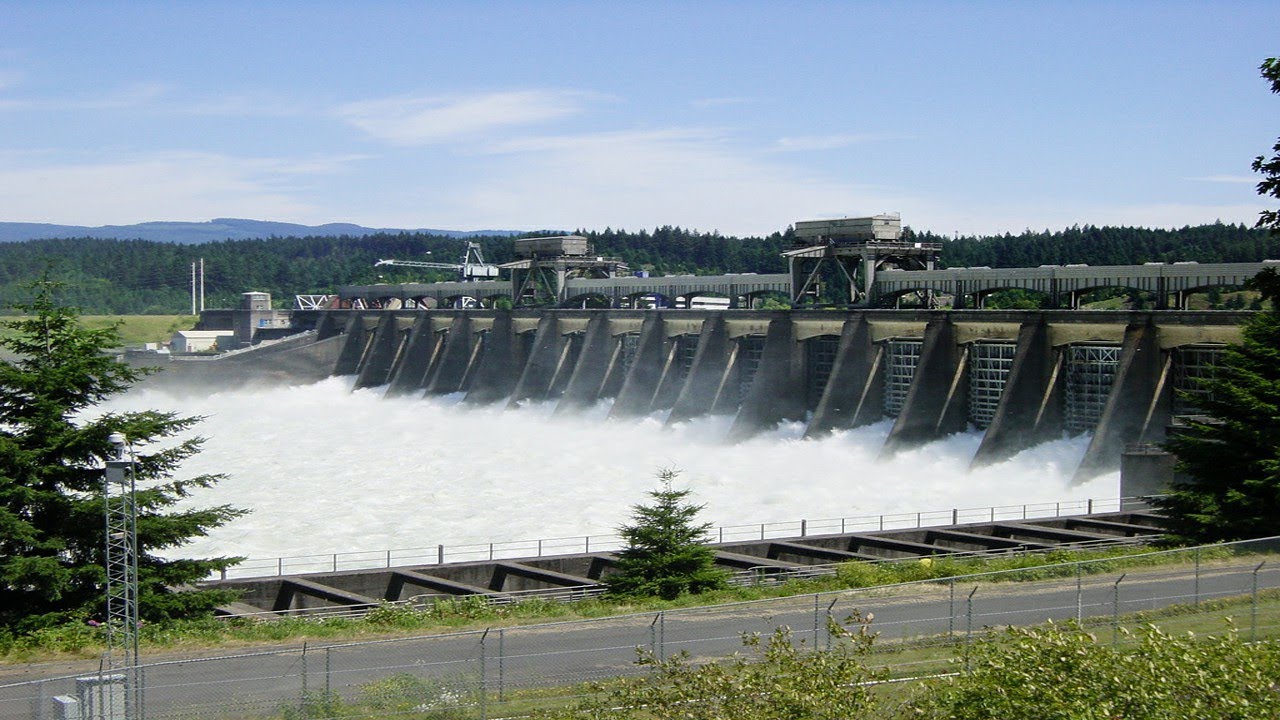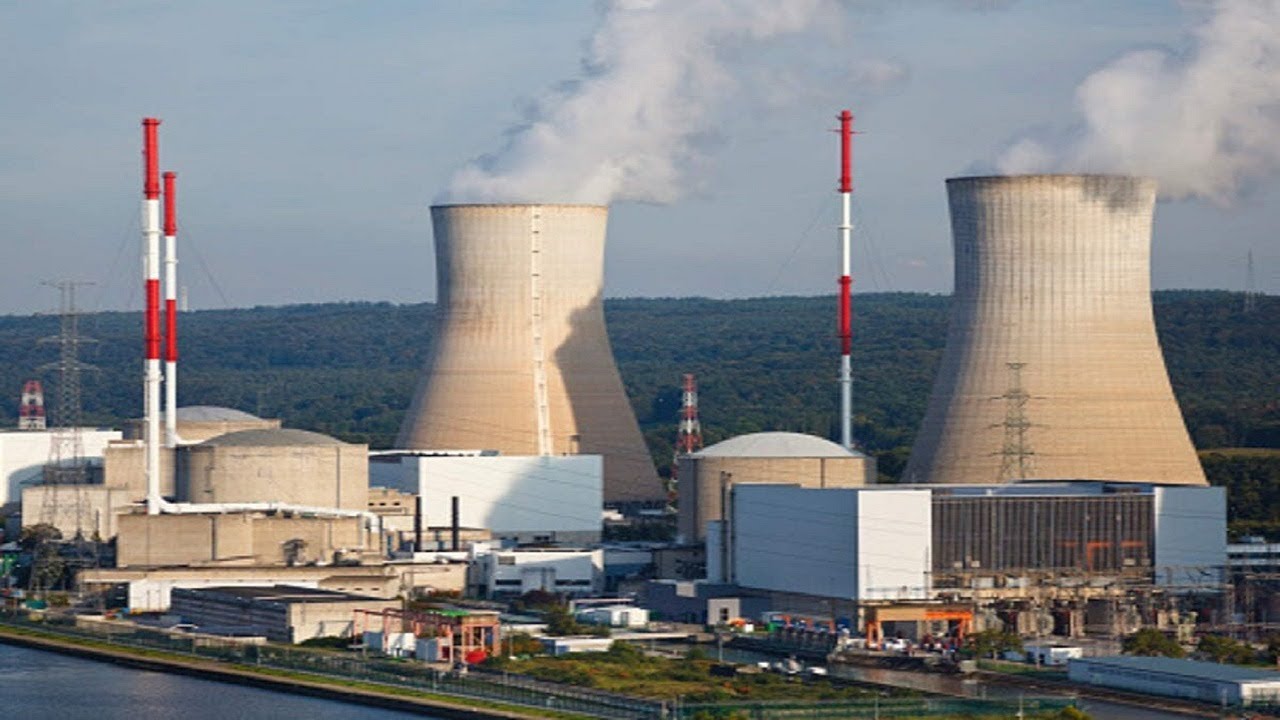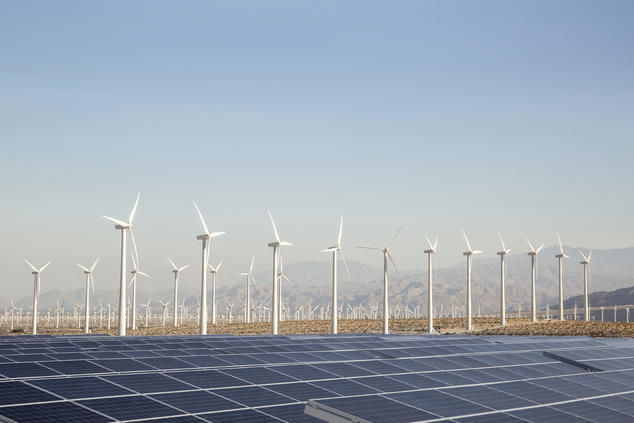Climate change is one of the most pressing issues of our time, with rising temperatures and sea levels, more frequent and severe natural disasters, and the loss of biodiversity all being consequences of the increasing levels of greenhouse gases in the atmosphere. The main cause of this increase is burning fossil fuels such as coal, oil, and natural gas, which release carbon dioxide and other pollutants into the air. To combat climate change and protect our planet, we must transition to cleaner, more sustainable energy sources.
Let’s Look at Sustainable Alternative Energy Sources
The foremost in the league is solar power. Solar panels convert sunlight into electricity and can be installed on rooftops, fields, or ground. Solar energy is a renewable resource, as the sun will continue to shine for billions of years, and it produces no greenhouse gases or other pollutants when generating electricity. Solar power is also becoming increasingly affordable, with the cost of solar panels and other equipment dropping significantly in recent years.

Another alternative energy source is wind power. Wind turbines capture the wind’s kinetic energy and convert it into electricity. Like solar power, wind energy is renewable and produces no greenhouse gases or other pollutants when generating electricity. Wind power is also becoming increasingly affordable, with the cost of wind turbines and other equipment dropping significantly in recent years.

Hydroelectric power is another alternative energy source that has been used for centuries. Hydroelectric power plants use the energy of falling water to generate electricity. The water is typically collected in reservoirs and then released through a turbine, which generates electricity. Hydroelectric power is a renewable resource, as the water cycle is continuous, and it produces no greenhouse gases or other pollutants when generating electricity.

Another promising alternative energy source is nuclear power. Nuclear power plants generate electricity by splitting atoms in a process called nuclear fission. While nuclear power does not produce greenhouse gases or other pollutants when generating electricity, the disposal of nuclear waste is a major concern. However, advances in technology have made it possible to store and dispose of nuclear waste safely, and nuclear power has the potential to reduce our reliance on fossil fuels significantly.

Fusion energy is the next level of clean, safe, and virtually limitless energy source that has the potential to revolutionize the way we power our world. It works by combining the nuclei of two lighter atoms to form a heavier atom, releasing a large amount of energy in the process. This process is similar to the one that powers the sun and other stars and has the potential to provide a nearly limitless source of electricity.

Additional to these traditional alternative energy sources, there are also emerging technologies that have the potential to revolutionize the way we generate electricity. For example, tidal power harnesses the energy of ocean tides to generate electricity, while geothermal power taps into the Earth’s internal heat to generate electricity.

Challenges to Overcome
One of the main challenges in transitioning to alternative energy sources is the high initial cost of installation. Solar panels, wind turbines, and other equipment can be expensive to purchase and install, which can be a barrier for individuals and businesses looking to switch to cleaner energy sources. However, many governments offer incentives such as tax credits or grants to encourage the adoption of alternative energy sources, which can help offset the initial cost. Additionally, the cost of alternative energy sources decreases over time as technology improves and becomes more efficient.
Another challenge is the need for reliable and efficient storage solutions for alternative energy sources. Solar panels and wind turbines only generate electricity when the sun is shining, or the wind is blowing, which means that there may be times when there is not enough electricity being produced to meet demand. To address this issue, researchers are developing technologies such as advanced batteries and energy storage systems that can store excess electricity when needed.
Another challenge is the need to update and upgrade the electricity grid to accommodate alternative energy sources. Many traditional grids were not designed to handle the intermittent nature of alternative energy sources and may need to be modernized to handle the fluctuations in electricity production. This can be a costly and time-consuming process, but it is necessary to ensure that the grid is able to accommodate the increasing adoption of alternative energy sources.
Despite these challenges, the potential benefits of transitioning to alternative energy sources are enormous. By relying on clean, renewable energy sources, we can reduce our greenhouse gas emissions, protect our planet, and secure a more sustainable future for ourselves and future generations. In addition to the environmental benefits, alternative energy sources can also create new job opportunities and stimulate economic growth. As the demand for alternative energy increases, businesses will need to hire workers to design, manufacture, install, and maintain the necessary equipment.
Require a concerted effort from governments, businesses, and individuals around the world.
To solve climate change, it is essential that we transition to alternative energy sources as quickly as possible. This will require a concerted effort from governments, businesses, and individuals around the world. By investing in research and development, implementing policies to encourage the adoption of alternative energy sources, and supporting businesses that are working to develop and deploy these technologies, we can accelerate the transition to a cleaner, more sustainable future.
According to the International Energy Agency (IEA), the share of renewable energy in the global energy mix has been increasing in recent years. In 2019, renewables accounted for 26% of global electricity generation, up from 21% in 2010. Solar photovoltaics (PV) and wind power have been the main drivers of this growth, with their share of global electricity generation increasing from 1% in 2010 to 6% in 2019 for solar PV and from 2% in 2010 to 7% in 2019 for wind power.
The IEA estimates that if we are to achieve the goals of the Paris Agreement and limit global warming to well below 2 degrees Celsius, the share of renewables in the global energy mix must increase to at least 65% by 2050. To achieve this, the world will need to significantly ramp up the deployment of renewable energy technologies, including solar PV, wind power, hydroelectric power, and others.
The United States has also made significant progress in increasing its use of renewable energy. According to the U.S. Energy Information Administration (EIA), the share of renewable energy in the U.S. energy mix has increased from 7% in 2000 to 18% in 2020. The main drivers of this growth have been wind power and solar PV, which have seen their share of U.S. electricity generation increase from 1% in 2000 to 7% in 2020 for wind power and from virtually zero in 2000 to 7% in 2020 for solar PV.
To achieve the goals of the Paris Agreement and transition to a cleaner, more sustainable energy future, it will be necessary to continue investing in research and development, implementing policies and incentives that encourage the adoption of alternative energy sources, and supporting businesses and individuals that are working to develop and deploy these technologies. With the right investments and policies in place, we can accelerate the transition to a cleaner, more sustainable energy future and help solve the urgent problem of climate change.
There are several reasons, including political and private sector interests, why alternative energy sources have not yet fully replaced traditional fossil fuels as the dominant sources of energy.
One factor is the influence of fossil fuel industries, which have historically been major players in the global energy market and may have a vested interest in maintaining the status quo. These industries may lobby governments to protect their interests, and may also have significant financial resources that they can use to influence political decisions and shape public opinion.
Another factor is the lack of government support for alternative energy sources. Some governments may be slow to adopt policies that promote the development and deployment of alternative energy technologies or may provide inadequate funding for research and development.
Private companies may also be hesitant to invest in alternative energy sources due to concerns about the high upfront costs and uncertain returns on investment. This can make it difficult for these technologies to gain a foothold in the market and compete with more established energy sources.
Despite these challenges, many countries and businesses are working to increase the use of alternative energy sources and reduce their reliance on fossil fuels. Some of the strategies being used to promote the adoption of alternative energy include subsidies, incentives, and regulations that encourage the use of clean energy.
The Time to Act on Climate Change is Now
The consequences of inaction are already being felt around the world, with rising temperatures and sea levels, more frequent and severe natural disasters, and the loss of biodiversity all being consequences of the increasing levels of greenhouse gases in the atmosphere. If we do not take urgent action to reduce our greenhouse gas emissions, these impacts will only continue to worsen. The transition to alternative energy sources will not be easy, and it will require a concerted effort from governments, businesses, and individuals around the world. But the potential benefits are enormous. By investing in a cleaner, more sustainable energy future, we can protect our planet, create new economic opportunities, and secure a more sustainable future for ourselves and future generations. The time to act is now – we cannot afford to wait any longer.
